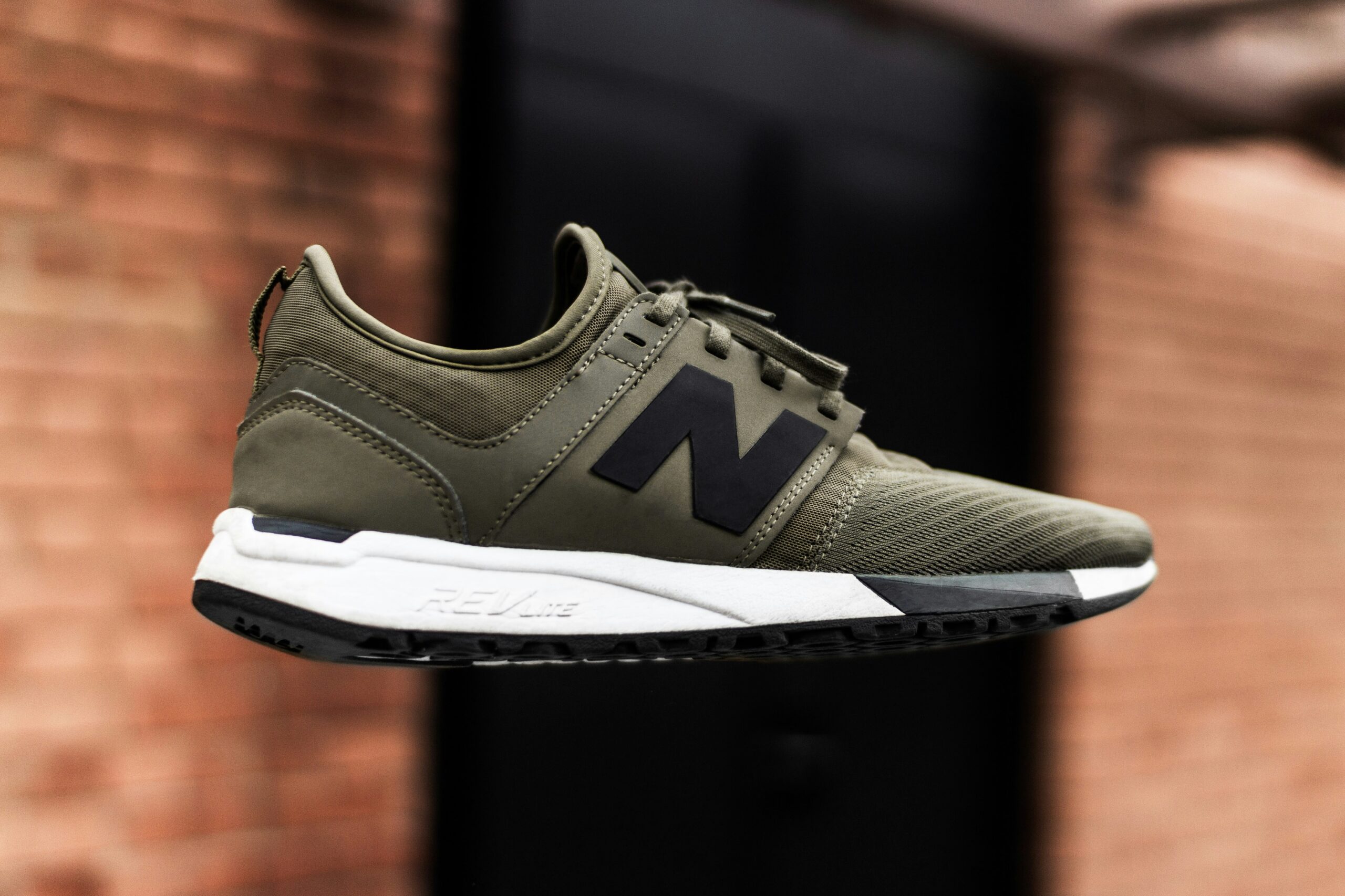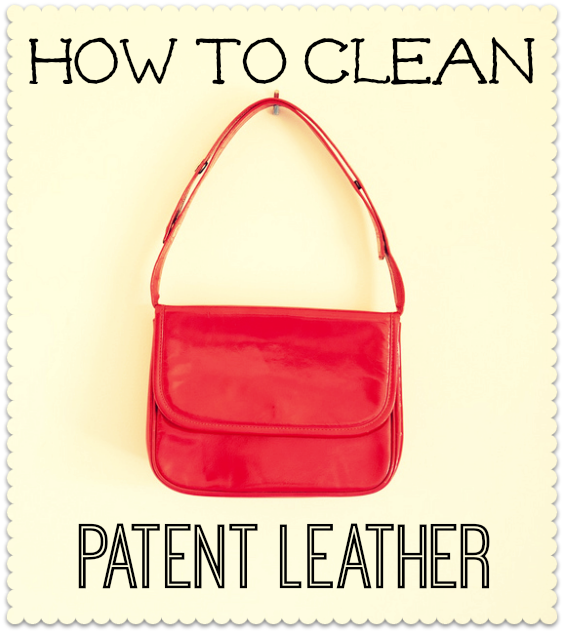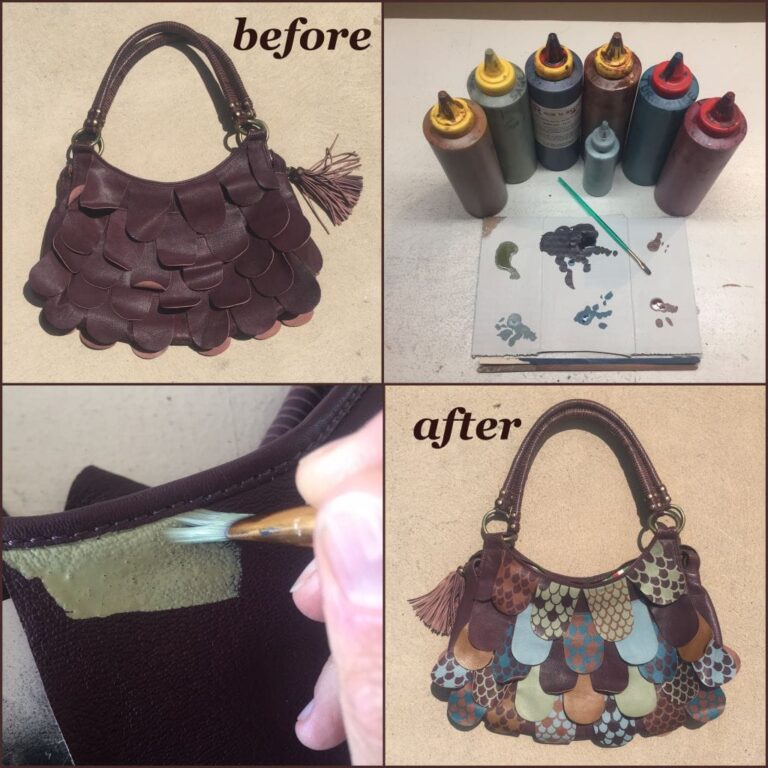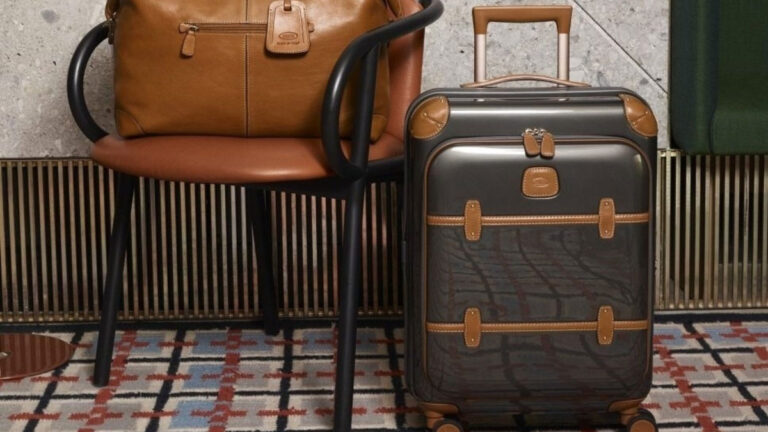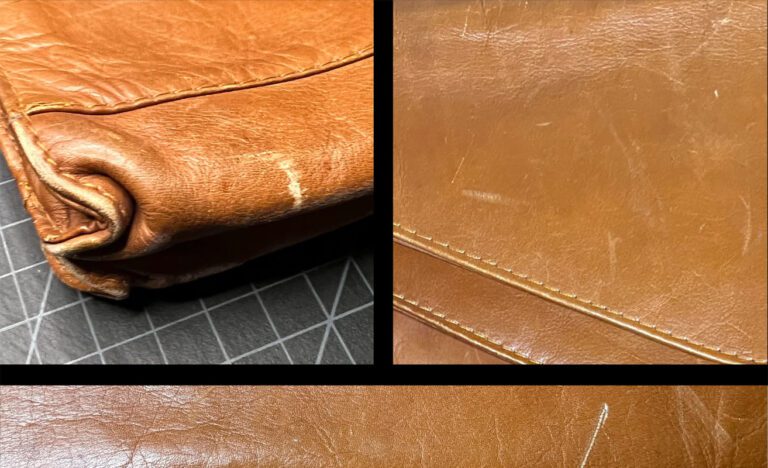Mastering the Art: Tips for Eliminating Scratches on Leather Shoes
Repairing Leather Shoes
Leather shoes can accumulate scratches over time, affecting their appearance and longevity. Understanding effective methods of repair can help to rejuvenate your footwear.
Methods for Fixing Scratches
Various techniques can be employed to remove scratches from leather shoes.
Buffing: Using a soft cloth, gently buff the scratched area. This helps to smooth out minor imperfections.
Leather Conditioner: Applying a leather conditioner can replenish the oils in the leather, making scratches less noticeable. Rub the conditioner in circular motions and allow it to dry.
Leather Repair Kit: These kits typically include a range of tools and products specifically designed to fix scratches. Follow the instructions provided for optimal results.
Nail File: For light scratches, gently rubbing a nail file over the affected area can smooth the leather surface.
Baby Oil: Applying a small amount of baby oil can also help blend minor scratches.
According to Vintage Leather Store, these methods can effectively address light scratches on leather shoes.
| Method | Effectiveness for Light Scratches | Effectiveness for Deep Scratches |
|---|---|---|
| Buffing | High | Low |
| Leather Conditioner | High | Medium |
| Leather Repair Kit | High | High |
| Nail File | Medium | Low |
| Baby Oil | Medium | Low |
Addressing Scuffs on Leather
Scuffs are another common issue that can mar the appearance of your leather footwear.
Renovator Creams: These products temporarily cover scuffs by recoloring the leather. They provide a quick fix but require regular reapplication. For a permanent solution, professional refinishing or redyeing is recommended.
Toothpaste for Light Scuffs: A small amount of toothpaste on a soft cloth, rubbed gently into the scuff, can remove dirt and oils while polishing the leather (Vintage Leather Store).
Leather Creams: Products like Andar’s Leather Cream can revitalize light scuffs. Apply in circular motions, let it dry for 24 hours, and buff off any excess cream (Andar).
| Solution | Durability | Frequency of Application | Notes |
|---|---|---|---|
| Renovator Creams | Temporary | High | Requires frequent reapplication |
| Toothpaste | Temporary | Medium | Works best on light scuffs |
| Leather Creams | Long-lasting | Low | Helps to blend and nourish the leather |
By using these methods, you can maintain the aesthetic appeal of your leather shoes. For more information on leather care, consider reading about how to get scuffs out of leather shoes and other related tips.
Explore related topics:
DIY Solutions for Leather Shoes
Using Toothpaste for Light Scratches
If your leather shoes have light scratches, you might be surprised to know that toothpaste can be an effective solution. Regular non-gel toothpaste can help buff out minor imperfections on the surface of your leather shoes.
- Apply a Small Amount: Dab a small amount of toothpaste onto a soft, clean cloth.
- Gently Rub: Using circular motions, gently rub the toothpaste into the scratch.
- Wipe Clean: Once the scratch is less visible, wipe away the toothpaste residue with another clean, damp cloth.
- Polish: For an extra shine, follow up with a leather conditioner or polish.
This method works by removing dirt and oils built up in the scratches, while also polishing the leather.
Trying WD-40 for Scratches
For more stubborn scratches, WD-40 can be a useful tool. This multi-use product helps to hydrate and restore the leather, thereby reducing the appearance of scratches.
- Spray on Cloth: Spray a small amount of WD-40 onto a soft cloth.
- Rub into Scratch: Rub the cloth gently into the scratch in a circular motion.
- Buff: Use another clean cloth to buff the area, helping to blend the scratch into the surrounding leather.
The lubricating properties of WD-40 help to rehydrate the leather, reducing the visibility of scratches.
By using these DIY methods, you can maintain the appearance of your leather shoes and extend their lifespan. For more in-depth care, you might explore our guide on how to get scratches out of leather and learn about various other home remedies and their effectiveness. Additionally, preventive measures such as proper storage and weatherproofing your leather shoes can significantly reduce the chances of scratches and other damage.
Professional Leather Repair
When your leather shoes suffer from deep scratches or structural damage, seeking professional help is often the best course of action. Here’s when to consider calling in the experts and how leather filler can be used for repairing those deep scratches.
When to Seek Professional Help
Deep scratches and extensive damage require the expertise of a professional. Some basic shoe repair tasks can be performed at home, but more complex repairs such as replacing worn-out soles, fixing damaged heels, and repairing torn stitching are best left to professional services.
Key indicators that you should seek professional help include:
- Deep Scratches: When scratches penetrate beyond the surface of the leather, they often need more than just conditioning and polishing.
- Structural Damage: Issues like torn stitching, sole separation, or damaged heels require specialised skills and tools for effective repairs.
- High-value Shoes: For expensive or cherished footwear, professional repairs ensure the best results without causing further damage.
Visit our guide on why does leather crack and peel for more information on maintaining your leather goods.
Leather Filler for Deep Scratches
Leather filler products offer a solution for addressing deep scratches on your leather shoes. Repairing deep scratches involves a multi-step process requiring precision and expertise.
Steps for Using Leather Filler:
- Clean the Scratch: Start by cleaning the area around the scratch to remove dirt and oils.
- Apply Filler: Carefully fill the scratch with leather filler, ensuring it penetrates evenly into the groove.
- Sand the Area: Use fine sandpaper to gently smooth the filled area, ensuring it is level with the rest of the shoe.
- Buff and Redye: Buff the surface to restore the shine and apply a matching dye to blend the repair with the original leather color.
| Repair Process | Tools Required |
|---|---|
| Cleaning | Mild Cleaner, Cloth |
| Applying Filler | Leather Filler |
| Sanding | Fine Sandpaper |
| Buffing and Redyeing | Buffing Cloth, Leather Dye |
Leather filler application is best performed by a leather professional or experienced cobbler to avoid any irreversible damage to your shoes (Evans). Given that deep scratches are more challenging to fix, glue or fillers might not always provide a long-term solution. Professional leather repair ensures the integrity and aesthetics of your shoes remain preserved (Samuel Hubbard).
Explore our additional resources on how to get scratches out of leather and other leather care practices to keep your shoes in top condition.
Preventive Care for Leather Shoes
Proper maintenance and care are essential for keeping your leather shoes in pristine condition. Implementing preventive measures can significantly reduce the likelihood of scratches and prolong the lifespan of your footwear.
Storing Leather Boots Properly
Correct storage of your leather boots is vital to prevent unnecessary damage. Ensure they are kept in a cool, dry, and dark location, avoiding direct sunlight, which can cause the leather to dry out and crack. To maintain the shape of your boots, fill them with tissue, newspaper, or cedar shoe trees when they are not in use (The Pioneer Woman).
| Storage Condition | Effect on Leather |
|---|---|
| Cool, dry, dark | Prevents drying out and cracking |
| Direct sunlight | Causes drying out and cracking |
| Filled with tissue | Maintains shape |
Properly storing your leather goods can also prevent moisture buildup, which can lead to mold and mildew. For more details on how to properly care for leather items, visit our guide on how to wash leather boots.
Weatherproofing Your Leather Shoes
Weatherproofing is a critical step to guard your leather shoes against elements such as water, dirt, and stains. It is advisable to weatherproof your leather boots immediately after purchase to prevent any potential damage.
To weatherproof your leather shoes:
- Clean the shoes thoroughly with a leather cleaner.
- Apply a weatherproofing spray or wax.
- Allow the product to dry completely before wearing.
Regularly reapplying the weatherproofing products is essential, especially if you frequently wear your leather shoes in adverse conditions. By doing so, you can extend the lifespan of your shoes and keep them looking their best.
For additional tips and information on leather care, such as dealing with specific stains or odors, check out our detailed articles:
- how to get grease stain out of leather shoes
- how to get oil out of leather shoes
- how to remove odor from leather shoe
Implementing these preventive measures will help you avoid scratches and other damages, ensuring that your leather shoes remain in excellent condition for years to come.
Different Types of Leather
Understanding the different types of leather is essential in knowing how to care for and repair your leather shoes. Various leather types respond differently to cleaning and maintenance methods. Appropriate care ensures the longevity and appearance of your footwear.
Caring for Different Leather Materials
Different leather materials require specific cleaning and conditioning techniques. Here are common leather types and their general care instructions:
| Leather Type | Characteristics | Care Instructions |
|---|---|---|
| Calfskin | Smooth, fine grain, durable | Use a gentle leather cleaner and conditioner |
| Cowhide | Thick, durable, somewhat coarse | Clean with mild soap and water, condition regularly |
| Bovine | Similar to cowhide, sturdy | Use leather creams and avoid harsh chemicals |
| Bison | Distinct texture, durable | Condition frequently to maintain flexibility |
| Python | Delicate, requires special care | Use specific reptile leather products |
| Lizard | Thin, textured, exotic | Gently clean with specialized products for exotic skins |
Each type of leather has distinct properties. For instance, calfskin and cowhide are known for their durability and are easier to care for than more exotic leathers like python and lizard (The Pioneer Woman).
Repair Tips for Specific Leather Types
When it comes to repairing scratches, knowing the type of leather is crucial. Different leathers respond uniquely to repair methods. Here are some tips for repairing specific leather types:
| Leather Type | Repair Tips |
|---|---|
| Calfskin & Cowhide | Use leather conditioners and repair kits. Avoid harsh chemicals to maintain suppleness. Light scratches can be buffed out using a soft cloth. For deeper scratches, apply a leather filler gently. For more information, check our guide on how to get scratches out of leather shoes. |
| Bovine & Bison | These leathers are tough and can be treated with standard shoe repair kits. Use creams and polishes suitable for durable leathers. Buff out imperfections with a microfiber cloth. Regular conditioning helps prevent future scratches. |
| Python & Lizard | Delicate and should be handled with care. Use products specifically designed for exotic leathers. Avoid excessive water and chemicals. Employ a leather repair kit catering to exotic skins. For preventive care, refer to our article on why does leather crack and peel. |
Understanding how to handle each type of leather can make the difference between a novice and a seasoned caretaker. For more detailed guidelines on addressing other leather-related concerns, explore our articles like how to get scuffs out of leather shoes).
By identifying the type of leather in your shoes and applying the appropriate care techniques, you can extend the lifespan and maintain the appearance of your footwear. Proper care includes regular cleaning, conditioning, and promptly addressing any damage.
Extending the Lifespan of Shoes
Ensuring the longevity of your leather shoes involves regular maintenance and care. This section provides tips on techniques to extend the lifespan of your footwear and how to recognize when it’s time to replace them.
Technique for Longevity
To keep your leather shoes in optimal condition, it’s essential to follow a comprehensive care routine. Regular maintenance tasks include:
- Cleaning: Remove dirt and dust using a damp cloth. For tougher stains, refer to our guide on how to get stains out of leather.
- Conditioning: Use a leather conditioner to keep the material supple and prevent it from cracking. For more on this, visit why does leather crack and peel.
- Polishing: Apply a high-quality shoe polish to maintain the shine and color of your leather shoes.
- Waterproofing: Protect your shoes by applying a weatherproofing spray, which helps prevent water damage and stains (The Pioneer Woman).
- Proper Storage: Store your leather shoes in a cool, dry, and dark location to avoid direct sunlight. To maintain their shape, fill them with tissue paper, newspaper, cedar shoe trees, or boot trees.
| Maintenance Task | Frequency |
|---|---|
| Cleaning | Weekly |
| Conditioning | Monthly |
| Polishing | Bi-weekly |
| Waterproofing | Every 3 months |
| Proper Storage | Always |
Additional Care Tips:
- Replace worn-out insoles to maintain comfort.
- Rotate shoes to give them time to air out and retain their shape.
- For more detailed care tips, consult our section on how to wash leather shoes and how to get scuffs out of leather shoes.
Recognizing Signs for Replacement
Despite your best efforts, there comes a time when leather shoes need to be replaced. Here are some key signs that indicate it’s time to invest in a new pair:
- Severe Cracking: If the leather is extensively cracked and conditioner doesn’t help, it might be beyond repair.
- Worn Soles: When the soles are excessively worn, especially if holes appear, it compromises the shoe’s function.
- Unstitching: Significant unstitching that cannot be easily sewn back signals the end of the shoe’s lifecycle.
- Persistent Odor: If foul smells persist despite cleaning, refer to our guide on how to remove smell from leather shoes.
Recognizing these signs early can save you from discomfort and potential injuries. For tips on transitioning to new shoes, see our article on how to get creases out of leather shoes.
Ensuring your leather shoes last as long as possible involves understanding how to get scratches out of leather shoes, maintaining regular care routines, and knowing when to part ways with a beloved pair.

